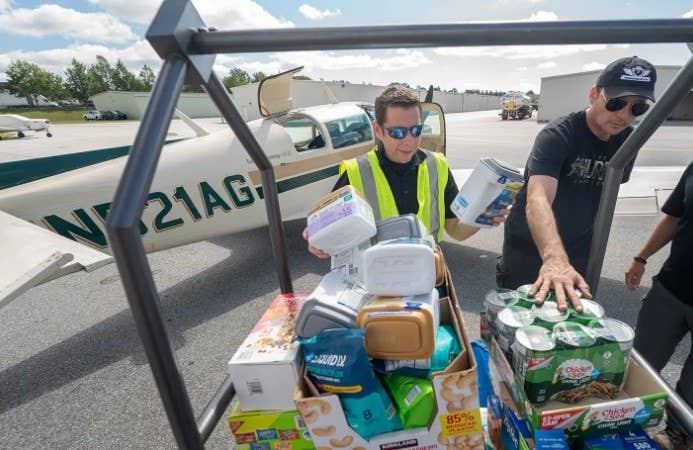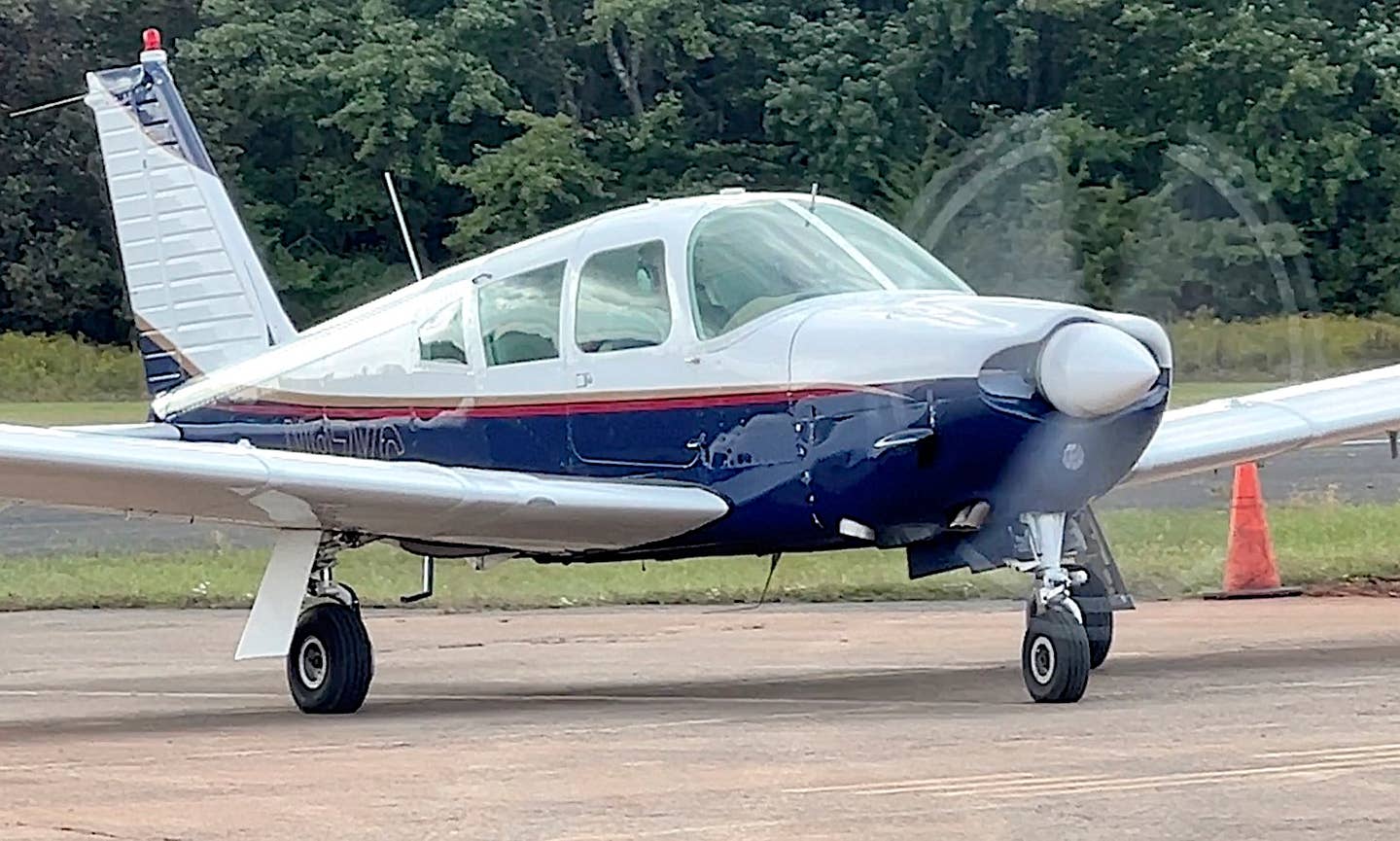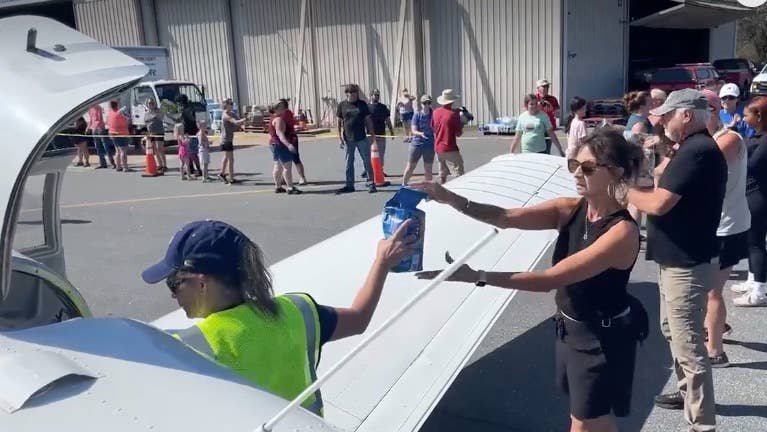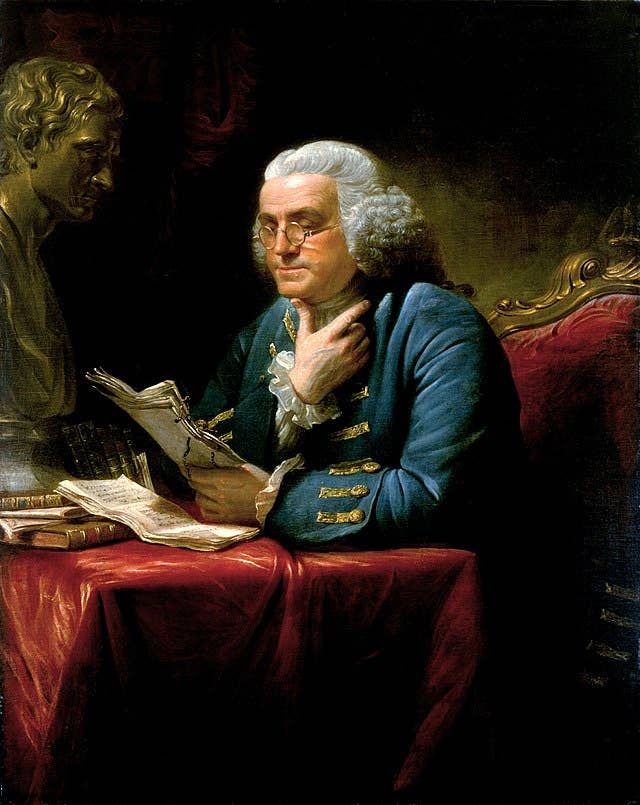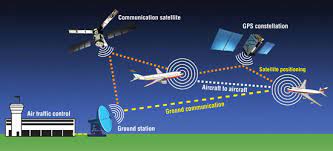NATA’s Hard Line Complicates Fuel Quest
The air is cleared on fuel debate but is that a good thing?

The National Air Transportation Association (NATA) has laid all its cards on the table. We now know why it thinks General Aviation Modifications Inc.'s G100UL unleaded fuel is clearly considered an outlier in the quest for a new drop-in replacement for 100LL even though it has been approved by the FAA via a universal STC for gas engines in certified airplanes (the helicopter process is underway).
According to a statement from NATA, the STC, which in FAA circles is an immensely powerful document, is nothing more than "a positive step" toward an unleaded replacement fuel because GAMI has chosen not to submit the fuel to ASTM International for testing and the granting of a "fuel specification."
In a nutshell, NATA says ASTM tests more stuff that is relevant to its members like compatibility with hoses, tanks, meters, etc. It also says that without that ASTM fuel specification, its members don't want to touch it because they're afraid insurance won't cover any issues that crop up.
Obviously that logjam could be broken if GAMI submitted G100UL to ASTM, but company founder George Braly doesn't trust the ASTM process and has thus far resisted getting involved with them. I don't know if there's any negotiating room there, but I also don't know if anyone in a more relevant position has asked.
The hell of this impasse is that we could end up with a fuel that ticks all the boxes for trucks, pipes and pumps on the ground but may not work without some form of operating or physical modification in some aircraft engines up in the air.
During an update on the quest for an unleaded fuel by the End Aviation Gasoline Lead Emissions (EAGLE) committee last week, it was mentioned several times that the last fuel standing in the Piston Aviation Fuel Initiative (PAFI) program, the process that would lead to a "fleet authorization," may not be completely compatible with a small minority of engines.
The fuel, made by Lyondell/Basell and VP Racing, is now undergoing extensive testing by the FAA, and it seems like EAGLE already knows it's going to cause issues in some of the 143 engine makes on the FAA registry that are not Continental, Lycoming or Rotax. The nature of those possible shortcomings or how widespread they are was not discussed, but even if 99% of engines hum happily on that fuel, try telling the folks in that remaining 1% that it's acceptable collateral damage that they can't just pump the fuel and go flying.
And there's the question of just how much power an ASTM specification wields in this process. The FAA is used to being in charge of these sorts of things, and is it really going to surrender that regulatory omnipotence to make sure insurance companies are happy?
There's also the sticky issue of optics and potential or perceived conflicts. NATA is unequivocal in its assessment of G100UL. It's going nowhere without ASTM. NATA is a member of EAGLE and must therefore present that position to the EAGLE membership, and NATA President Curt Castagna is co-chair of EAGLE.
Under parliamentary procedure, the chair(s) are neutral and only vote to break ties. I've never seen a vote at an EAGLE meeting so maybe it's not bound by those rules, but NATA's clear position on the ASTM thing puts Castagna in an uncomfortable spot at best.
We all want the same thing. We want a fuel that performs at least as well as 100LL and it seems like all those elements are satisfied among the three remaining contenders in the process. Given that, it seems unfortunate that hard positions that exclude any of the players are being taken.

